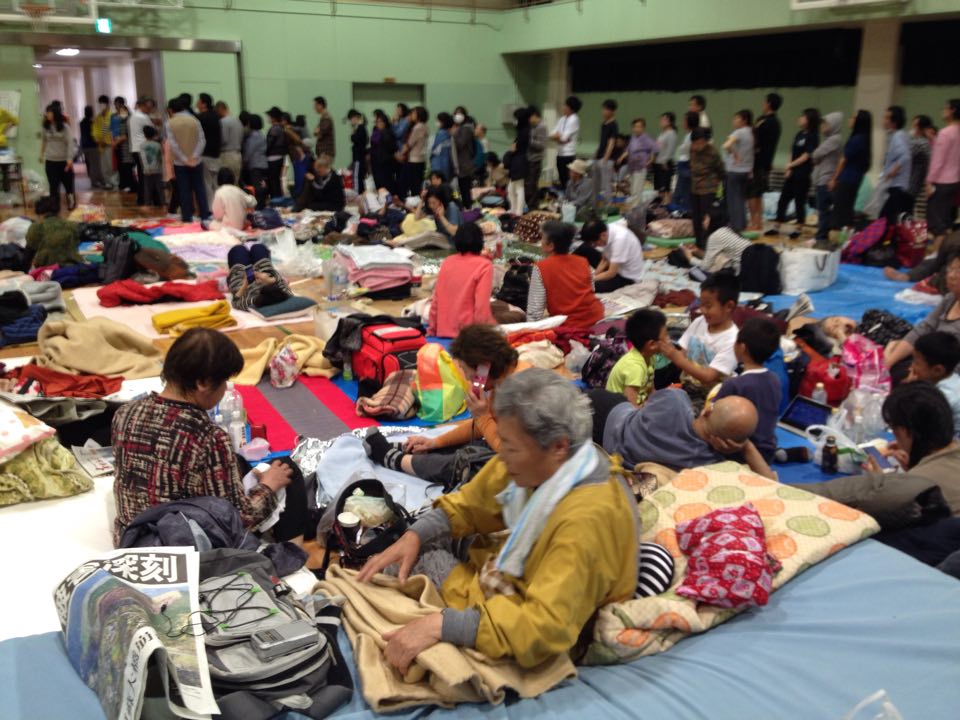As someone who scours the media in Japan for mentions of issues surrounding disability, I have been impressed by the reporting of the Kumamoto earthquakes. In the Japanese media, the issue of disability often gets overlooked, so it was heartening to see that a number of newspapers had focused on the difficulties disabled people face when disaster strikes.
However, far less heartening was the story that subsequently unfolded about Kumamoto Prefecture's pre-quake planning — or lack thereof — and post-quake measures for disabled evacuees. The Mainichi Shimbun, reporting the day after the biggest quake on the night on April 16, highlighted the situation of two people with disabilities who had to evacuate their homes and take refuge in a shelter: Kiyofumi Sakamoto, aged 66, paralyzed down the left side of his body since a brain hemorrhage, and Tomiko Baba, aged 84, who has Parkinson's.
Sakamoto, a resident of Mashiki, had to evacuate to a local elementary school. Since his adapted nursing-care bed could not be moved inside the emergency shelter, he had been sleeping on cardboard. His wife, 63-year-old Kikuko, had been changing his diapers and helping him bathe, a task made all the more difficult by the loss of electricity.


















With your current subscription plan you can comment on stories. However, before writing your first comment, please create a display name in the Profile section of your subscriber account page.